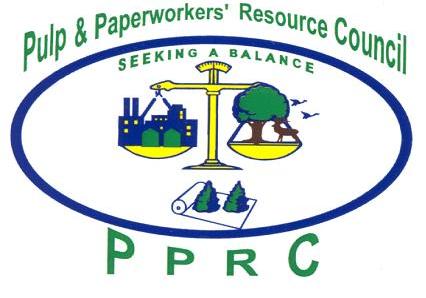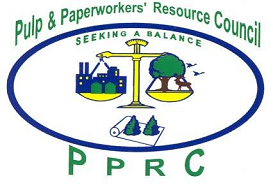By Donna Harman
President & CEO
American Forest & Paper Association
We take advantage of every opportunity to advance realistic public policy that supports the pulp, paper, packaging, tissue and wood products industry and its hardworking employees. Right now, opportunities are abundant for common sense federal regulatory reforms in Congress and the administration.
Already this year, AF&PA has sprung into action seeking reforms that will help our economy grow and continue to create American manufacturing jobs. We look forward to building on the message we recently delivered to Capitol Hill.
When it comes to federal air permitting compliance, our businesses face a challenging area of regulation. Members of Congress at their House Energy and Commerce Environment Subcommittee hearing entitled, “New Source Review (NSR) Permitting Challenges for Manufacturing and Infrastructure” listened to our request for serious reform to the NSR program.
At the same time, members of the Pulp and Paperworkers’ Resource Council – the men and women who work tirelessly on company front lines – echoed the need for regulatory reform across Washington during their annual fly-in. More than 70 PPRC members logged 485 Congressional and administration office visits to educate decision makers about a range of issues, and we couldn’t be more grateful for that backup and steady commitment.
The NSR program requires multiple layers of analysis and inappropriately captures many smaller projects that would benefit the environment by allowing upgrades of existing equipment to be more energy efficient. At the NSR hearing, Paul Noe, AF&PA Vice President of Public Policy, testified that the EPA needs to modernize a broken NSR permitting system in order achieve the twin purposes of the Clean Air Act to promote public health and welfare as well as the productive capacity of the nation.
Here’s the state of play. Our industry has invested billions of dollars on environmental stewardship and remains committed to innovative and sustainable business practices. Yet, an inflexible and overly complicated NSR permitting program is impeding beneficial projects and job creation and undermining paper and wood product manufacturers’ ability to effectively plan for their future. Here’s the solution. The time is now for the EPA to adopt flexible policies and realistic emissions data and modeling that will support our industry.
Before taking questions from members of Congress, Noe stated, “Our shared goal should be sustainable regulation – regulation that addresses environmental and economic needs. I believe there is no better place for a robust manufacturing sector than the United States, which has highly-productive workers, creative entrepreneurs and innovators, abundant resources, a strong free-market democracy and regulatory agencies capable of leading the world on sustainable regulation.”
We are grateful to have had the opportunity to make the case for NSR reform to Congress and are focused on delivering solutions here and across all our 2018 advocacy priorities. On that path, we’ll continue to work with and support stakeholders like the PPRC whose scheduling director Glenda Thompson summarized the impact of ill-advised policies in a recent AF&PA guest blog:
“PPRC members know that many times our representatives in Washington don’t know the full ramifications of their decisions. We understand how overzealous regulation and legislation can destroy businesses, communities, and lives. We all believe that environmental regulations are necessary. We live and recreate in the areas around our mills. We want clean air and water. We also want common sense regulation, not knee-jerk reactions that are overreaching and burdensome to the point that it is no longer economically feasible for a company to continue to do business.”
Fortunately, NSR and permit reform is also a big priority for the administration. EPA Assistant Administrator for Air, Bill Wehrum, has identified NSR permitting reforms as one of his top priorities for the year.
Stay tuned for results of our work with Congress, the administration, key decision makers and stakeholders to deliver results that ensure our industry has every opportunity to strengthen its roots and grow for generations to come.



Leave a Reply